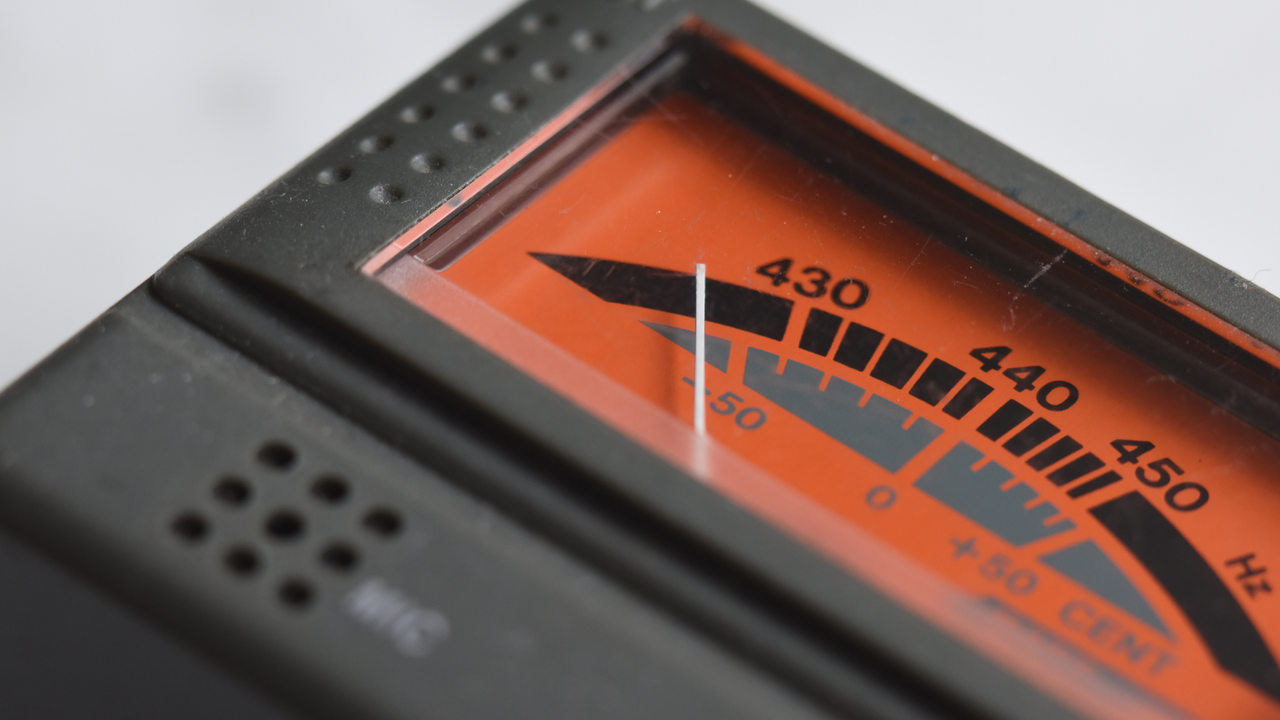Intonation: Learning to Anticipate and Adjust

Read this, and then download your Intonation Practice Packet!
Let’s talk about the deep, dark world of intonation…
because, it may be something that has fallen off your radar a little bit, since many of you may still be doing a lot of playing alone.
Even when we are playing with people frequently, we can conveniently forget to practice this important part of our playing. Playing in tune with ourselves, and knowing our own tendencies, is step one.
Now… here’s the thing:
there is a difference between knowing the tendencies of your instrument and being able to adjust your intonation.
If you know your throat A is almost always sharp, that’s great - you know the tendencies of your instrument.
When you know your instrument’s tendencies, it gives you the ability to anticipate. And… that is HUGELY helpful!
But, that's not the end of the story. When you’re playing the third of the chord, for example, you need to lower that throat A even more than usual. Or, maybe the balance is making the chord sound out of tune, and you need to adjust accordingly. Or, maybe you need to focus on blending with the sounds around you in a different way to sound in tune.
>> These are all examples of adjusting your intonation based on the situation. <<
Let's talk about general ways to work on your intonation, and then you can download the Intonation Practice Packet at the bottom of the post for more exercises.
TUNER
Use a tuner to get a visual cue - are you sharp or flat? That can be helpful in the moment, but it has serious limitations. → One thing we would suggest using a tuner for is to get a great idea of your instrument’s tendencies! We've got a chart for you in today's packet.
DRONES
Ever sit there and think, “I just can’t tell if I am sharp or flat. This is awful. I suck.” Okay, stop right there. Use a drone to start engaging your ears. And - EXPERIMENT!
The majority of us didn’t enter the world knowing the finite differences between sharp and flat. Put on a drone, and start experimenting:
- What happens if you lower the pitch?
- Raise it?
- How does it feel?
- How does it sound/feel when it's right?
If you're still lost in a world of “I can't tell”, try this: use a tuner combined with a drone and purposefully play sharp or flat. You'll start to hear and feel what being out of tune sounds and feels like, and then you can begin to feel how to fix it.
EXPAND
Various members of the chord need to be adjusted so they actually sound in tune - even if the tuner is telling you that note is dead on. Most of you probably know that. The packet today has a chart of just intonation in it for your reference. Also know, on many tuner apps these days, you can use a just intonation setting. Highly recommend experimenting with that as well.
One last thing - many elements of sound influence the perception of intonation. The quality of your sound, balance, blend and more.
To wrap up: Know your tendencies → learn to anticipate → learn to adjust. The order of those steps matter! :)
Download the Intonation Practice Packet for exercises to work on all of this!


